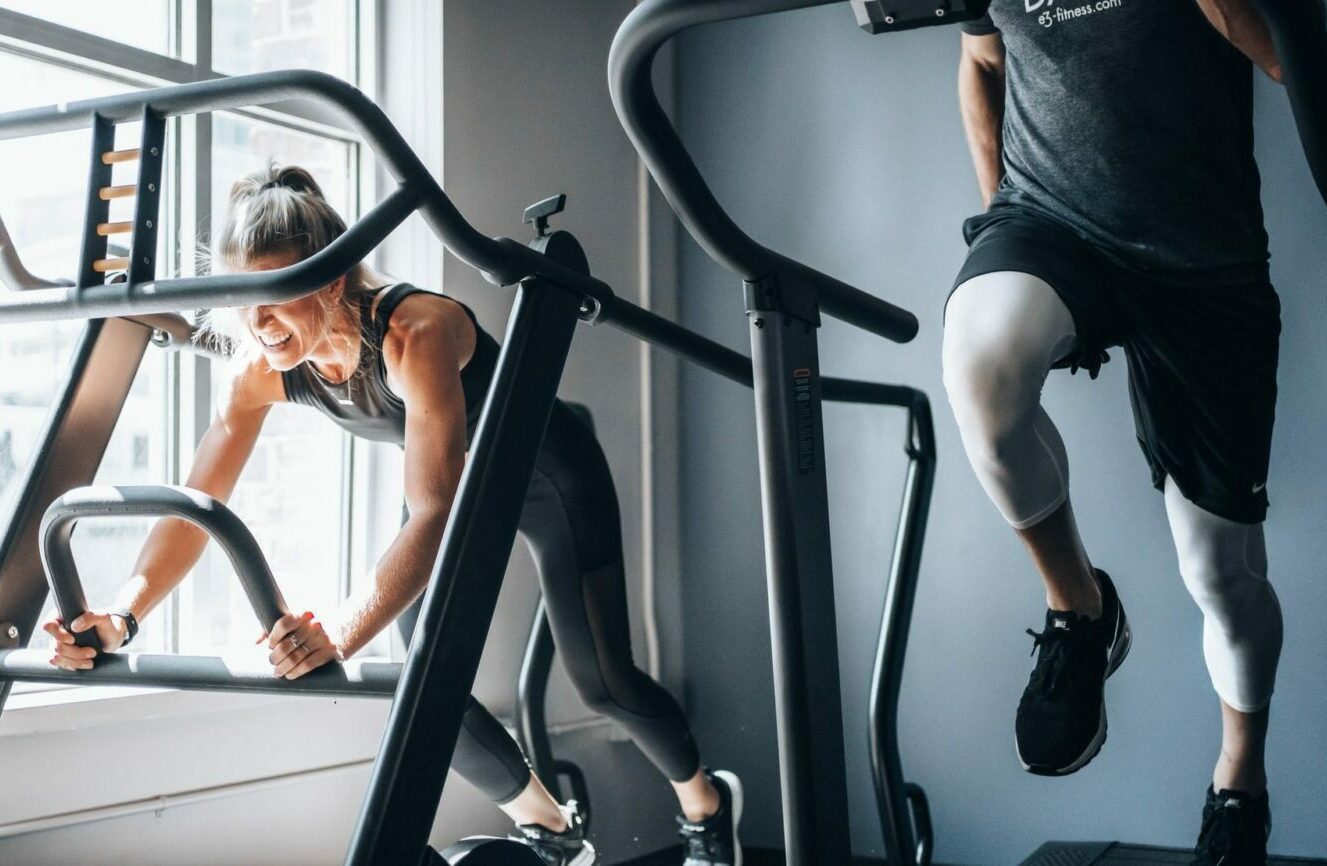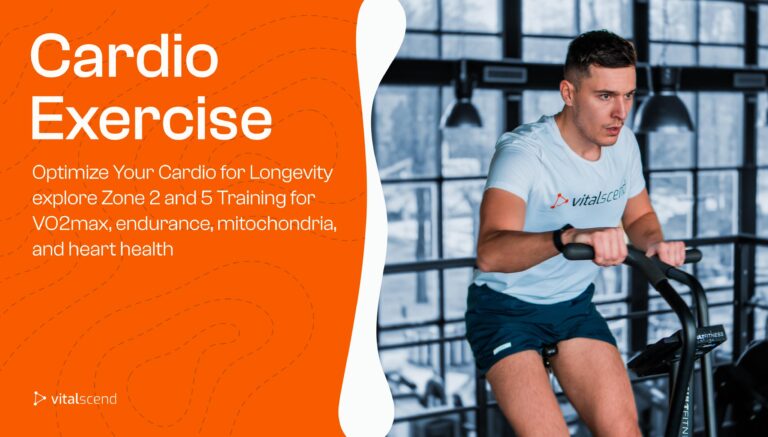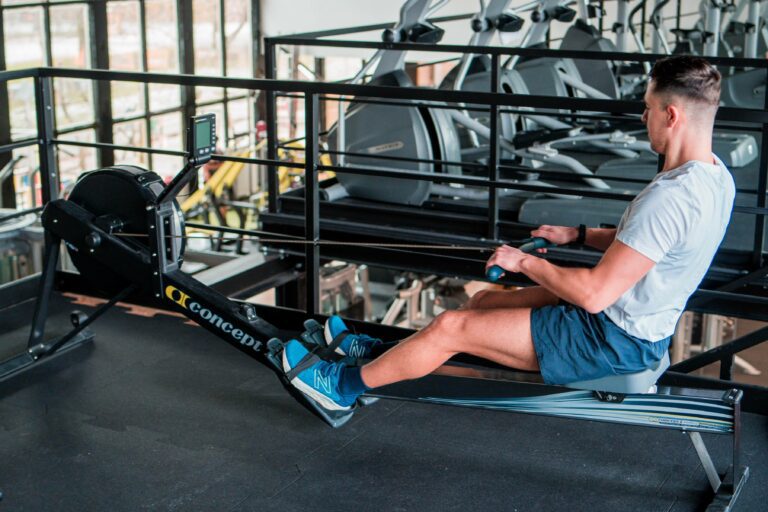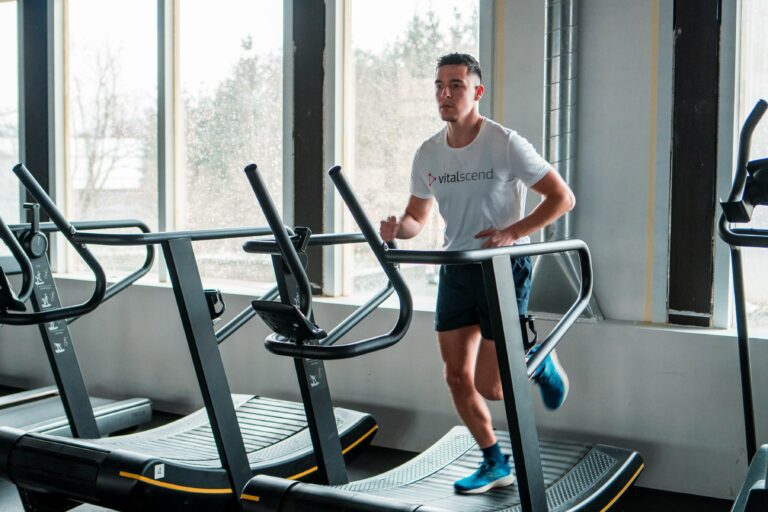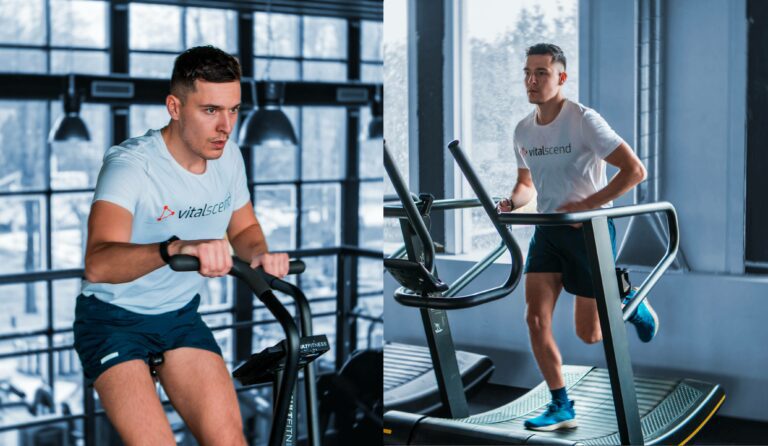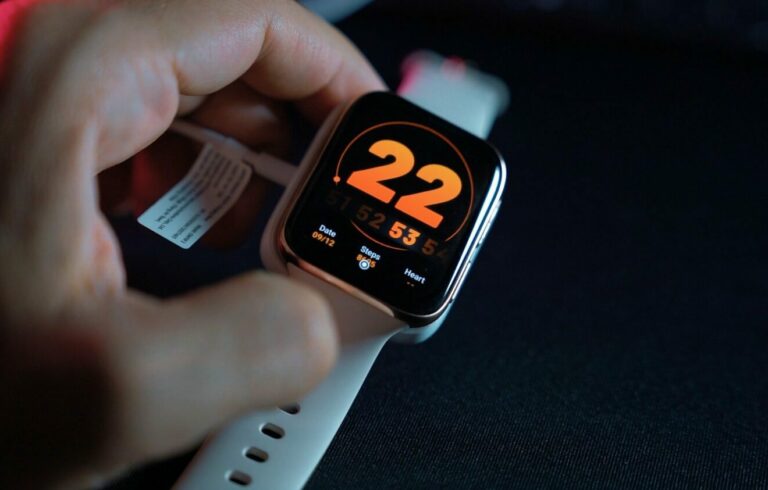Cardio 101: Everything You Need To Know
If you ever searched for an efficient weight-loss workout, you sure stumbled upon a cardio session. Think of an aerobic cyclic activity that makes you sweat hard. It turns out cardio has many other benefits, dominantly improving cardiovascular health and much more. If you’re interested in cardio, the best types, exercises, and new ideas on how to start, you’re at the right place – our cardio 101 guide can assist you.
What Is Cardio?
A cardio workout refers to a cyclic activity, usually done at a specific tempo for an extended period of time. Think of rhythmic activity like swimming, running, or climbing that is repetitively done as a movement cycle. This gets your heart rate up, improving blood circulation and increasing oxygen transport.
Cardio is the ultimate exercise for longevity, cardiorespiratory fitness, and heart health.
Cardio comes from the Greek word kardia which means “heart”. This is logical, as cardio workouts also represent a dominant aerobic activity, which refers to the use of oxygen during a workout. All of these functions through the cardiovascular system, hence why it’s called cardio.
Key Point
Any activity that demands higher cardiovascular activity and oxygen demand is technically cardio. For someone walking up the stairs does it, for someone moderately paced swimming, it depends on the individual.
Anaerobic vs. Aerobic Activity
Our body uses energy in different ways, depending on the type of activity we do. As we move every day, we are doing aerobic activity. The more strength exercises are performed, or very fast cyclic activities like a sprint, the more we shift towards anaerobic activity.
For example, if we are doing squats, deadlifts, and bench press that’s predominantly an anaerobic activity. The higher the intensity, the faster and higher force production, and the more we use anaerobic fuels like Creatine Phosphate, Glucose, and ATP.
The body seeks ways to get more ATP, the chemical usable energy for humans. Doing more intense work can go on for a short period of time, as lactic acid builds up faster. Then we are left with aerobic abilities, for which we use oxygen.
These activities like running, swimming, cycling, and walking can be performed for a longer duration because they have longer-lasting energy. No matter what the exercise type, we always use most of the energy systems, both aerobic, and anaerobic, and their subtypes, but the question is which one is dominant. If the aerobic system is dominant, we are talking about steady cardio workouts.
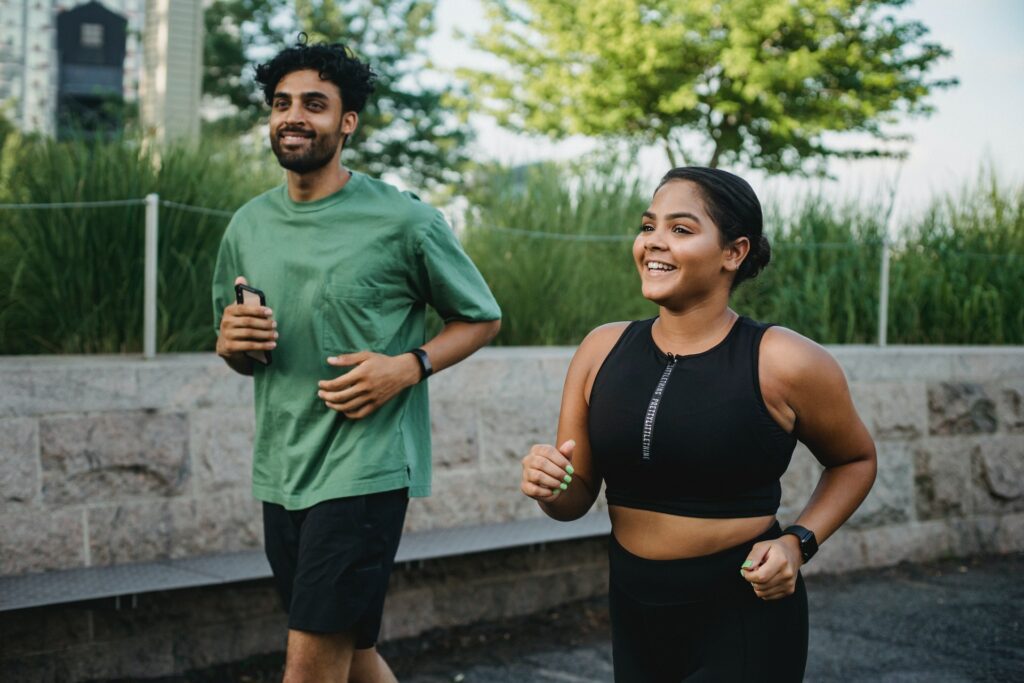
Cyclic and Repetitive Movements
Whenever someone mentions cardio, we think of a long steady activity (running) or HIIT. Now the truth is, any activity that makes you sweat can be cardio. But the catch is, to practically put it to work, we need to somehow structure it and label it.
The easiest way to describe pure cardio is movement activity that is cyclic in nature. This means we are repeating a single movement in cycles over and over, thus producing energy for it. This movement should be smooth, known, coordinated, and easily performed.
For a pure cardio session, we shouldn’t focus too much on coordination, strength, or agility. We should be able to reproduce the same movement automatically with the correct form, without even thinking about it. This means endurance is the main ability trained, not strength, not coordination.
So activities like swimming, climbing, running, and cycling are the best examples. However, with good coordination skills, we can also perform jumping rope, boxing, rowing, or skating, as long as we can perform the movement without thinking too much about it.
Different Types of Cardio
So far we’ve learned that the activity raising your energy demands over the baseline, increasing your heart rate, and the work of your cardiovascular system, that’s cyclic in nature can be classified as cardio. Now, it’s time to briefly discover the different types of cardio we can do.
Running
Hiking
Jumping Rope
Cycling
Swimming
Boxing
Brisk Walking
Skating or Skiing
Elliptical
Running probably stands at the base of the cardio training pyramid. It is a type of gait that allows for faster and more efficient movement, through better use of elastic energy. It is a cyclic activity that is easy in terms of coordination, hence why it is a perfect type of cardio. The tempo or running speed is what dictates how intense the activity will be.
Hiking is more of a recreational sport, mainly enjoyed by adults and elderly people. It is a great way to increase your heart rate, as we’re traveling a horizontal distance which also has a vertical difference. It can fire up larger leg muscle groups and make us sweat. It is more practical for older individuals, as the force put on the joins is lower in comparison to running.
Jumping rope is by far my favorite type of cardio. For healthy and active individuals, learning different jump rope tricks and movements can spice it up. This makes a great complex cardio workout that is so fun, we even forget it burns calories. Jumping rope is one of the more advanced and intense workouts, but is efficient in terms of burning calories.
Cycling is probably the second cardio activity we think of. Very suitable for overweight people or individuals with lower bone density who can’t perform other types of cardio. Cycling is pretty simple and very easy coordination-wise, making it a great option for most people. It is one of the top recreational sports to improve cardiovascular function and health.
Although very different from cycling, swimming is also great for people who don’t want to put pressure on their joints. It is a very versatile sport, and can be done in many different styles. Swimming can be a fun way to burn a good amount of calories, while also improving your endurance. It is pretty efficient in terms of fat loss, as it requires activation of the largest muscle groups in the body, making it more of full-body training.
Boxing is a fist-fighting sport but can be easily incorporated as a recreational training activity with a bit of equipment. It takes a few classes to learn the basics, after which you only need a punching bag and a pair of gloves. With all the jumping and push motions included, boxing can be a hell of cardio with the right approach. Just as jump rope, it’s so fun you forget it burns calories.
Whether you brisk walk in place or travel the distance, brisk walking is a great tool for fat loss. While you might think it’s more suitable for elderly people, I am continually surprised by many biohackers performing speed walking in between their travels. It is the best workout replacement, for an already tired body, as they say. Its health benefits are very similar to any aerobic activity too.
Nordic skiing or skating can be a great cardio workout, for those who have mastered the correct technique. Constantly thinking or working on your coordination can slow you down. But with the right ability to correctly perform it, these can improve your endurance and help you burn more calories.
Very similar to hiking, climbing stairs in the gym can prove efficient for fat loss too. This doesn’t just make you sweat, but it activates a large portion of your leg muscles. This in turn works your muscles too, which results in a higher muscle-to-fat ratio, improving your body’s ability to burn more calories.
Top 6 Benefits of Cardio
Aerobic exercise plays a vital role in supporting many health-related factors, especially cardiovascular markers. The latter is linked to longevity and quality of life, hence why cardio can be such a great option. If you want to learn about each of these effects more specifically, we provide an in-depth review here at 7 Physiological Benefits Of Cardio Exercise
#1 Weight Maintenance and Weight Loss
One of the greatest benefits of a cardio workout is weight loss. Cardio, as aerobic training gets your heart rate up, and makes you sweat and breathe faster. This results in burning calories, which in turn shreds fat off your frame.
It is pretty important to note that many other factors like exercise volume and frequency, caloric intake, hormonal balance, lifestyle, and genetics highly influence the rate of fat loss. Cardio is nonetheless, one of the best methods for obese and overweight individuals to lose weight.
Research shows that for substantial weight loss, the exercise volume should be higher. Exercise training programs without caloric restrictions were quite heterogeneous and independent. (1)
There is a good deal of evidence though, that cardio, coupled with good sleep and caloric restriction can result in weight loss. For example, this study took a 10-month trial indulging 141 individuals, randomized in supervised cardio sessions that burned either 400 kcal, 600 kcal, or zero kcal (non-exercise group). Results have shown that without altering the diet, trainees experienced between 4.3% to 5.7% weight loss from the start. (2)
#2 Cardiovascular Health Support
The main function of our cardiovascular system is to circulate blood. The heart works to pump out freshly oxygenated and nutrient-rich blood to our tissues while circling and removing carbon dioxide blood and waste products.
It seems pretty reasonable, that doing exercise that uses oxygen (such as aerobic) will stimulate and train the work of this system. This can in turn affect and improve many cardiovascular markers, such as blood pressure, blood sugar, and circulation. (3)
It turns out active lifestyle and aerobic exercise can be quite beneficial for many cardiovascular markers. From balancing out the LDL to HDL cholesterol ratio to improving circulation, stabilizing blood sugar, and reducing blood pressure, the benefits are endless.
#3 CVD Disease Prevention
One of the major risks for early death is abnormal blood markers like high LDL cholesterol, high blood pressure, and sugar. This increases the risk of heart stroke, and many slow/progressive or chronic cardiovascular diseases or events.
Through research, it has been shown that exercise has a favorable effect on cholesterol profile. It can reduce LDL, known as the “bad” cholesterol, and increase HDL, known as the “good” cholesterol. (4)
While new mechanisms behind its action are still discoverable, aerobic exercise seems like an important tool to increase longevity. It is related to improved vasodilation which leads to better circulation. It improves the quality of life, and fatty acid oxidation and potentially reduces CVD risk. Exercise also improves mitochondrial biogenesis, which increases your body’s ability to use oxygen and reduces inflammation. (5)
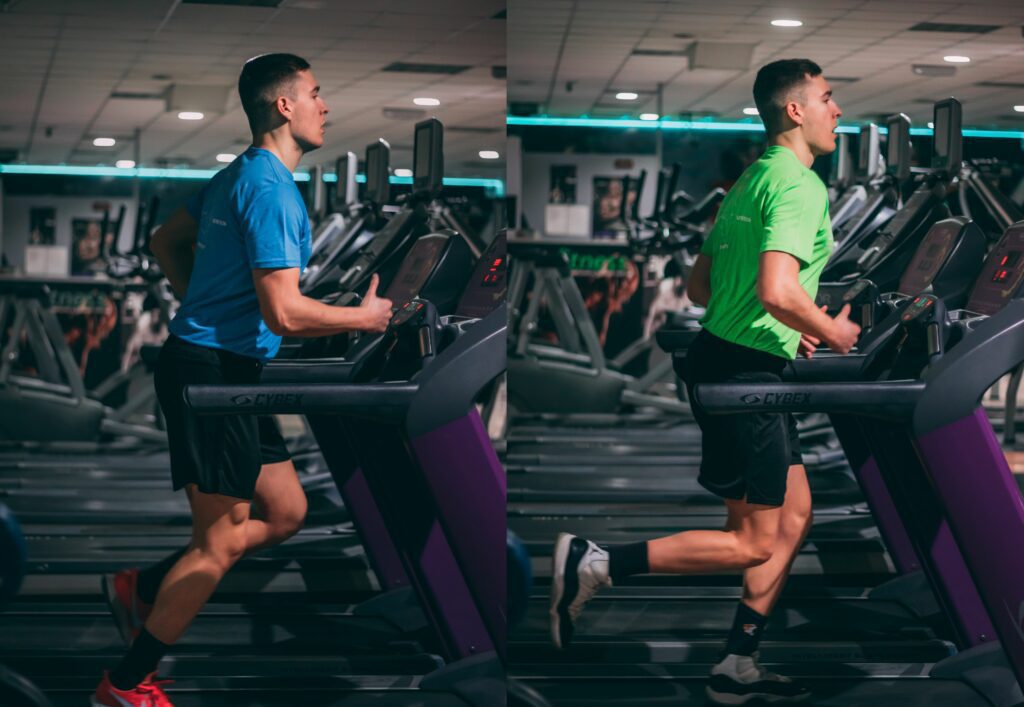
#4 Blood Sugar Regulation and Diabetes
From a standpoint of blood sugar control, aerobic exercise does wonders. It has multiple mechanisms which improve the machinery for sugar digestion and absorption.
As we already know, obesity and bad cardiovascular markers are related to poor health and increase the risk of certain diseases. This is highly related to our ability to manage blood sugar levels.
Research shows that exercise can reduce cardiovascular risk factors by improving blood glucose control. It also has the potential to delay the progression of type 2 diabetes and improve the health status of individuals with type 1 diabetes. (6)
Aerobic exercise can have a significant effect on blood sugar management due to its effect on insulin. It has the potential to improve insulin sensitivity, and insulin resistance control, and assist with blood sugar management. However, individuals with diabetes need to take certain precautions to safely exercise. (7)
#5 Exercise Improves Mood
We have all heard about the “runners high”, but what is it exactly? Well, there is some evidence that exercise can stimulate good-feeling hormones during and after a workout, which makes us feel good.
An article published in Harvard Health highlighted a study that showed a 26% reduction in the probability of depression, with an increase in physical activity. Analyzing data from large databases, it turns out that small bursts of exercise and low-moderate intensity were enough to produce the mood-boosting effect, without the need for a very intense or long exercise session. (8)
We all know mental stress can be bad, but can physical stress be bad too? Well, it looks as if anything overdone can hurt you, even exercise. But from a physiological standpoint, physical stress increased the inactivation of cortisol into cortisone, increased BDNF an important neurotrophic factor, and Serotonin, a well-known endorphin involved in mood regulation and sleep. (9)
Aside from these, exercise also has an impact on dopamine, an important neurotransmitter involved in motivation, reward, arousal, and motor control. This increases motivation and feelings of reward, which is another endorphin chemical that improves mood.
#6 Improves Aerobic Capacity
If you’ve ever heard about VO2max, it is the maximal amount of oxygen one’s body can use during intense exercise. So, the VO2max depends on how much oxygen can our lungs actually consume, and our heart pumps out through the blood. It Is a great endurance test or metric measurement, to evaluate aerobic fitness.
So how can we improve it? Training in the fifth zone is thought to increase VO2max, but what’s the fifth zone? Basically, there are five levels, 1st being the easiest, 5th being the hardest, or the most intense. Training near-maximum effort of around 90%-100% HRmax is proven efficient for VO2max increase.
Studies show that aerobic exercise, by improving lung capacity can be great for maintaining a healthy heart and respiratory function. This research article included large data of over 24.000 healthy individuals tested on this topic. It has been shown that non-smokers and active people had better cardiorespiratory fitness. Active individuals also had better results on the treadmill test, higher forced vital capacity (FVC), and forced expiratory volume (FEV). (10)
If you’re still not sure why would you want higher lung capacity, here’s the reason. Lung Health Institute published an article showing that greater lung capacity is an important predictor for health and longevity.
Fun Fact
Lung capacity declines with age. So much so, that by the age of 50, it can be reduced to around 50%, meaning we have half the capacity of our younger selves.
How to Get Started
To start with cardio training, you really need to ask yourself what’s fun for you. Which one of these activities listed, is most enjoyable? This is purely individual, some like boxing, others love running, others train swimming, and so on.
It also depends on your physical abilities, coordination, endurance, etc. Even if you’re an experienced athlete, some of these disciplines like boxing and Nordic skiing will require a couple of classes to learn the proper technique.
If you want a simpler solution, treadmills or regular runs are doing it. If you have a bike and enjoy cycling, pick an adequate route and start. If you have a swimming pool nearby and you know how to swim, that may be the best for you.
The general rule of thumb is to perform cardio sessions 3-4 times per week, with a duration of 15 minutes to 1 hour, depending on your physical ability, health status, and goals. You can also add jump rope before your training to get your heart rate up and sweat more.
Also, intensity plays a major role in your training duration. The more intense work you put in, the shorter the training duration should be. For example, if one hour of light jogging gets your heart up and makes you sweat, that’s good enough for you. You can always increase the intensity by speeding up your cyclic activity, such as running or swimming faster.
conclusion
Cardio is a cyclic activity done at a specific tempo, which increases heart rate, oxygen uptake, and energy production. It is an aerobic activity that requires oxygen, which is the main reason it trains the heart or the cardiovascular system. Cardio has tons of benefits, some of which include weight loss, blood sugar management, improved mood, improved cardiovascular function, and reduced risk of CVD diseases. First time doing a cardio session, it’s best to start with something simple and fun, movements you already know how to do.
Frequently Asked Questions
What are the best types of cardio exercises?
Different types of activities which are rhythmic and cyclic, that can be done at a specific tempo/intensity. The best types of cardio include: boxing, swimming, skipping rope, sprinting, hiking, running, cycling, elliptical training etc.
How long should a cardio workout last?
It heavily depends on the intensity of the activity. Generally, a long steady cardio session would last around 60-120 minutes, done at fairly low intensities, including exercise such as jogging, swimming, cycling or hiking. For more intense activities such as boxing, sprinting, jumping rope, running uphill etc., aiming at 10-20 minutes of total activity can be enough for a good sweaty session.
What are the most common benefits of cardio?
Depending on the type of cardio, its intensity and duration, cardio can be beneficial for: improving circulation, fat-loss and weight management, blood sugar control, energy boost, mood improvement, cholesterol-lowering and stamina.
What warm-up exercise should I do before running?
Exercises that can raise your temperature like light running, an exercise that enhances your ankle stability and mobility, like ankle circles or toes-walk, plus a couple of quads stretches, lunges, and hip rotations. Going slowly into your running session can reduce the amount of lactate build-up, making it easier for you to run next time and regenerate faster.

